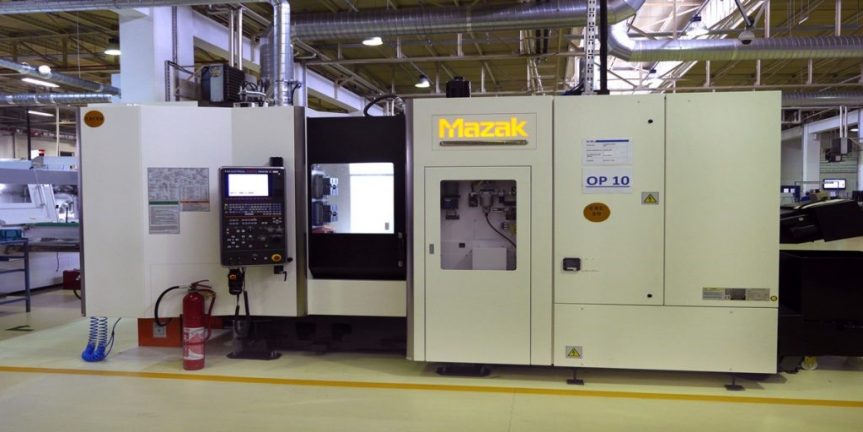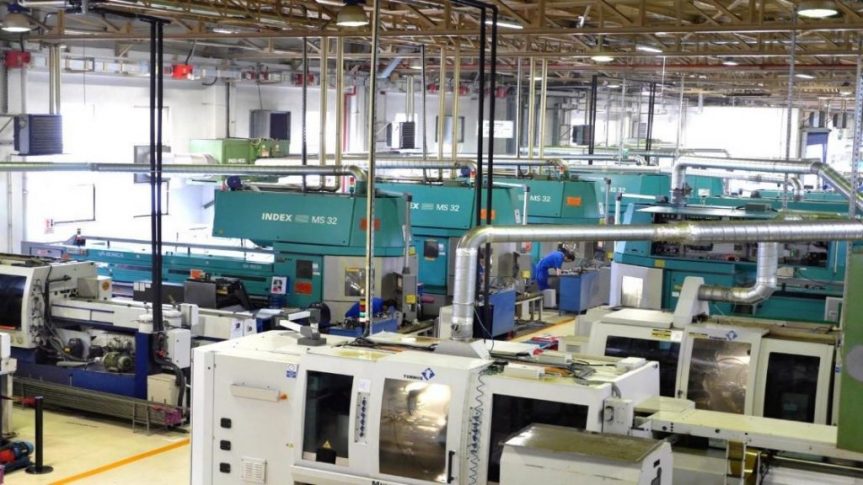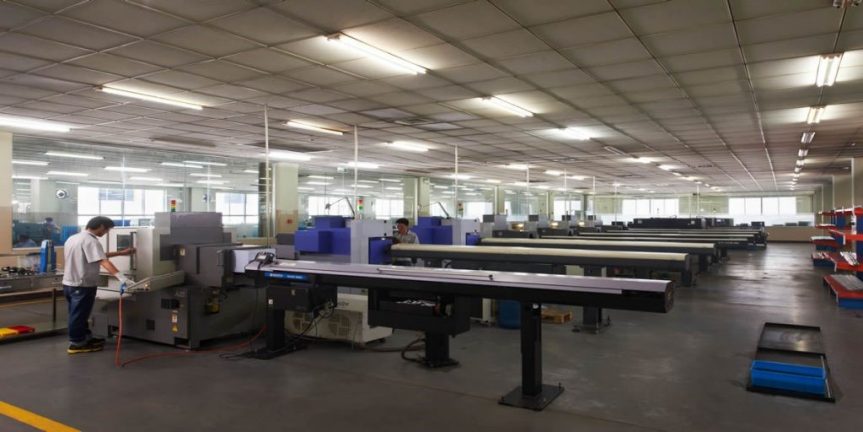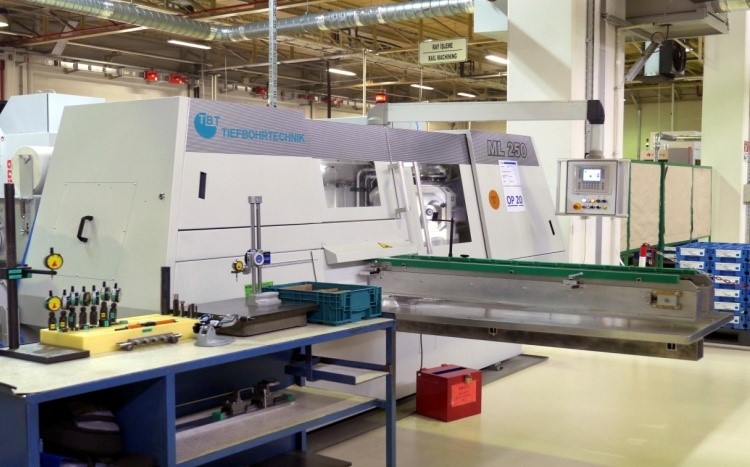4 Common Types of CNC Machines
Obtaining precision machined parts from a manufacturer will require the component to go through a range of processes to further create the part to specific requirements. To accomplish this process, manufacturers use CNC machines. These automated machines use a program control system as workers input the required data that tells the machine how to remove the materials to create the specified part. There are several types of CNC machines available when seeking out precision machining manufacturing processes. The type of machine that will be selected for the customer’s project will be based on the type of material that is used, the dimensional tolerances that need to be achieved, and how the part will function in the end application.
CNC Milling Machine
A CNC milling machine is the most common machine used in precision machining operations. The machine has rotary cutting tools that allow it to create shapes, grooves, holes, pockets, notches, and other face-milled or peripheral-milled features. The CNC milling machines can move in a variety of different ways as the part can also be rotated, as they will be categorized by the number of axis movements. These CNC machines are available as 2-axis, 3-axis, 4-axis, 5-axis, and 6-axis machines.

CNC milling machines work with a wide variety of hard and soft metals including aluminum, steel. stainless steel, copper, brass, titanium, and many others. The machine produces typically square or rectangular parts.
CNC Turning Machines
CNC turning machines, also called CNC lathes, work by rotating the part to remove materials and perform precise cuts. These machines have fewer axes than milling machines, as a cutting tool removes materials around the circumference of the spinning part that rapidly turns on a spindle to get down to the desired dimension. CNC turning machines may create a range of internal and external features on the part, such as threads, drilled holes, reamed holes, bores, tapers, slots, and broaches. Common workpieces made on turning machines include bolts, shafts, and screws.

Dimensional tolerances reached on a CNC turning machine are 0.01mm accuracy. Many materials may be used in turning machines, including stainless steel, copper, titanium, and brass. While aluminum may also be used, care is taken with this metal to prevent it from chipping. Manufacturers make cylindrical-shaped objects on turning machines.
CNC Swiss Lathes
CNC swiss lathes are another type of turning machine. The machine produces small parts that have complex features. Unlike traditional lathe machines that rotates the part at a fixed position, the CNC swiss lathe also moves the part back and forth along a Z-axis. It operates using a guided bushing as bar stock is fed into the machine. Various tools cut away the metal from portions of the bar as it advances into the machine.

CNC swiss lathes may have as many as 13-axises. These machines work well for short-run projects to create highly precise parts quickly. A large variety of metals may be used on an CNC swiss lathe, including aluminum, titanium, copper, brass, and steel.
CNC Multispindle Drilling Machines
A CNC Multispindle drilling machine drills several different size holes into a part simultaneously at the desired depth. They come as vertical drilling machines and horizontal drilling machines. The machine operates by using a drill head with several mounted spindles. The spindles are on angular contact ball bearings or roller thrust bearings. A set of gears and an AC motor drives the spindles down into the workpiece.

The machine is normally used for high volume production runs as the spindles are set in a rigid pattern. Soft and hard metals may be used with this machine such as carbon steel, stainless steel, copper, brass, steel, and aluminum.
For more information regarding which equipment would be suitable to create your part, contact Impro.